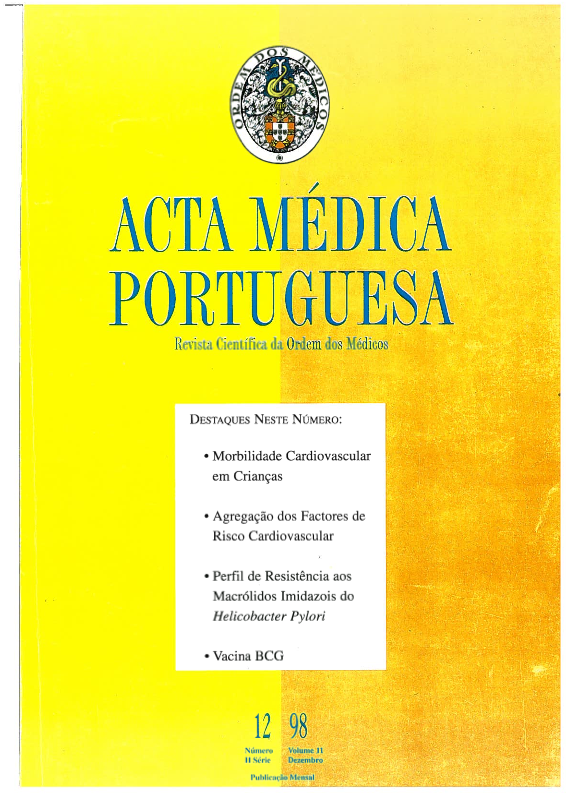Síndrome de Sézary.
DOI:
https://doi.org/10.20344/amp.2352Resumo
Sézary syndrome is a form of cutaneous T-cell lymphoma and, like mycosis fungoides, results from the malignant proliferation of mature post-thymic T-cell lymphocytes. The main features are the presence of abnormal mononuclear cells (Sezary cells) in the peripheral blood and exfoliative erythroderma. The authors present of a 70-year-old woman admitted to our clinic due to the case pruriginous and exfoliative erythroderma, subcutaneous nodes and lymphadenopathy. The clinical diagnosis of Sézary syndrome was confirmed through the identification of Sézary cells in the peripheral blood by cytochemistry and membrane marker studies and by lymph node histopathology. Genotypic studies excluded the presence of HTLV-I and HTLV-II sequences in DNA samples and confirmed the monoclonal nature and T-cell origin of this lymphoproliferative disease.Downloads
Downloads
Como Citar
Edição
Secção
Licença
Todos os artigos publicados na AMP são de acesso aberto e cumprem os requisitos das agências de financiamento ou instituições académicas. Relativamente à utilização por terceiros a AMP rege-se pelos termos da licença Creative Commons ‘Atribuição – Uso Não-Comercial – (CC-BY-NC)’.
É da responsabilidade do autor obter permissão para reproduzir figuras, tabelas, etc., de outras publicações. Após a aceitação de um artigo, os autores serão convidados a preencher uma “Declaração de Responsabilidade Autoral e Partilha de Direitos de Autor “(http://www.actamedicaportuguesa.com/info/AMP-NormasPublicacao.pdf) e a “Declaração de Potenciais Conflitos de Interesse” (http://www.icmje.org/conflicts-of-interest) do ICMJE. Será enviado um e-mail ao autor correspondente, confirmando a receção do manuscrito.
Após a publicação, os autores ficam autorizados a disponibilizar os seus artigos em repositórios das suas instituições de origem, desde que mencionem sempre onde foram publicados e de acordo com a licença Creative Commons









